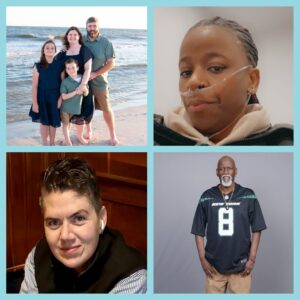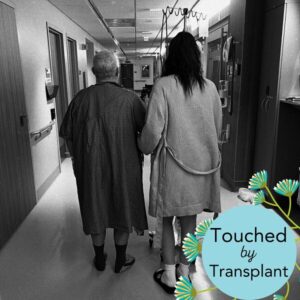May is Ehlers-Danlos Syndrome Awareness Month and National Mobility Awareness Month. We reached out to a client impacted by both—38-year-old mom and wife Daisy Checo—to better understand daily life for someone impacted by EDS.
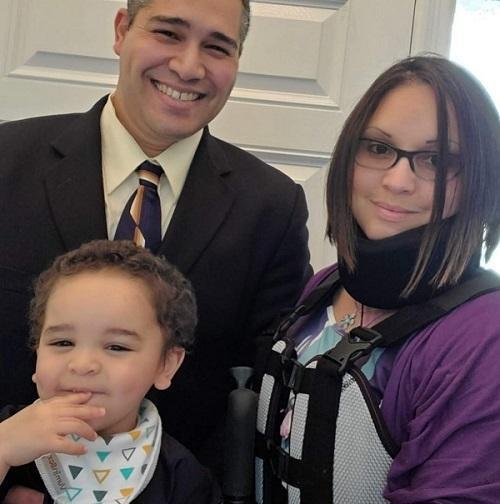
My diagnosis is like a puppet-making project…
My body is the puppet. The project is my day-to-day life trying to figure out how to keep my body moving forward and keep it from collapsing.
The Challenge of Getting an Accurate Diagnosis
I was diagnosed with hypermobile Ehlers-Danlos Syndrome (EDS) in 2016, but my first symptoms arrived when I was a teenager. I had to have surgery to repair soft tissue in my left ankle because it kept twisting, and I also had a bone spur in that ankle removed. Later, I learned that bone spurs are a way for the body to protect itself from injury, including injuries due to hypermobility.
Some people responded to the fact that I finally had a diagnosis with excitement. Others wondered whether it was legitimate. Most didn’t understand it. Personally, I felt validated. I knew I wasn’t crazy. It gave me a path forward to continue my journey instead of just running around in circles.
Only through my Help Hope Live campaign have many people in my life begun to understand what it’s like to have EDS.
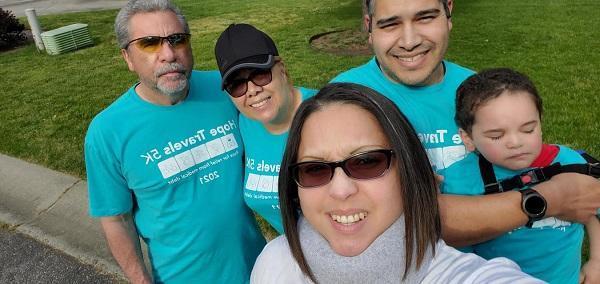
The Complex Everyday Impact of EDS
EDS can lead to complicated symptoms. EDSers like me may not look like they’re hurting—you might see them walking fine one moment, then in a wheelchair the next. It’s not about laziness: it’s about the constant management of pain and dislocation.
Today, I experience multiple symptoms on a regular basis, ranging from slipped bones to spasms, pain, and ribs moving out-of-joint (slipping rib syndrome). The feeling of having a rib out of place is like trying to crack a knuckle but stopping just before it cracks and leaving it that way for days—all while still trying to live a normal life.
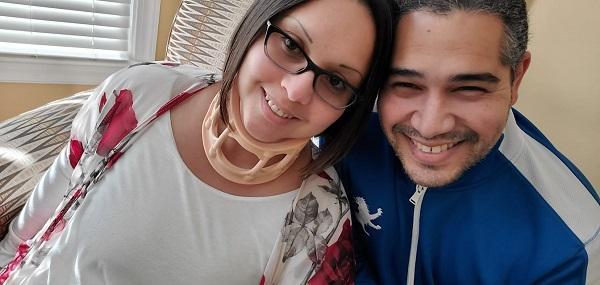
I also experience neurological symptoms due to the pinching of spinal nerves. These lead to gastrointestinal pain, sudden anxiety, dizziness, brain fog, changes in my sensitivity, and even olfactory hallucinations (smelling something that isn’t there). Severe itching attacks can last for months, only relieved by expensive gels or creams.
Living with this diagnosis has also led to weight gain from medications, lack of sleep, and an inability to eat well-balanced meals. I have to primarily eat foods without additives because of my sensitivities. Everything has to be gluten-free and dairy-free, including my supplements.
Together, all of these symptoms cause unintentional isolation.
My Fight for Mobility
All day, every day, I have to decide if my next move is worth the risk of an injury.
Something as small as reaching for water or spending time with my son means potentially injuring myself. Even reaching over to him to hand him a snack can lead to an injury.
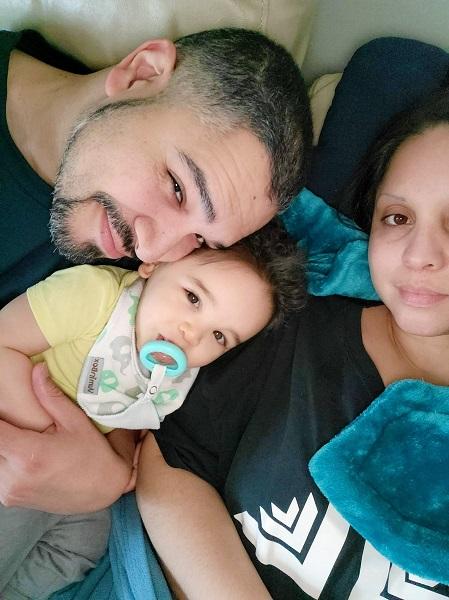
A day in my head:
- What kind of chair do I need to sit on, and how should I sit?
- Can I hold my neck up on my own, or does it feel too heavy today?
- Does a part of my body hurt so much that I can’t bear for it to touch a surface or bed?
- Can I walk to the kitchen to prepare a meal, or is it not worth the pain?
- Should I eat a nutritional shake, oatmeal, or baby food to avoid risking internal pain?
- Should I schedule my appointments in the morning after I’m exhausted just from getting ready?
- Should I schedule them in the afternoon when I may be so fatigued that I have to pull over to sleep before driving home?
- Can I risk leaving the house today knowing that I might be out of action for the rest of the day—or even the next few days?
The Cost of EDS
Finances and my wellbeing go hand-in-hand.
The only brands I can eat are expensive: 14 servings of protein powder are $39.95. The only itch relief gel that helps me without a prescription is $45. It’s almost $60 for a supplement that minimizes my rib issues due to hypermobility. A chiropractic adjustment for relief ranges from $37 to $80 per visit, and I need them three to four times per week, every week, to keep functioning. A custom orthotic costs $500 out of pocket.
In addition to these daily concerns, I rely on ramps for my wheelchair and a hitch to travel with plus home mobility aids such as a manual wheelchair, an upright walker, and braces for my neck, clavicle, wrist, and fingers.
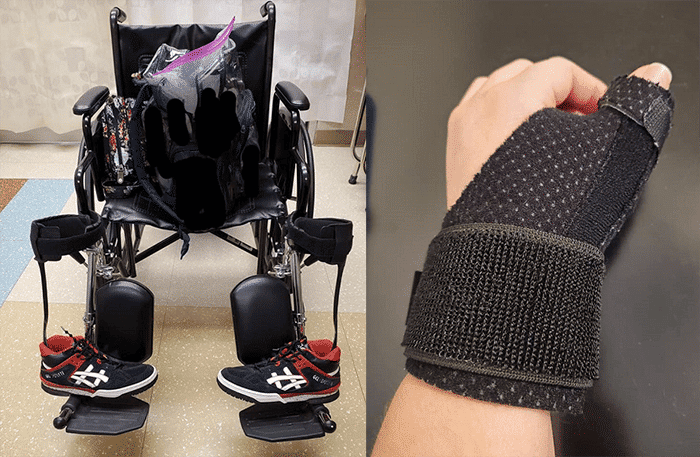
Why I Started Fundraising
Ultimately, I know that there are so many people out there who need help beyond just me. I realized that fundraising with Help Hope Live would also pave the way for other individuals with this diagnosis. I hope my campaign will give them the confidence they require to find the financial help that they need for medical treatments and mobility aids.
My best friend told me about Help Hope Live, and when I saw how Help Hope Live could directly pay bills related to medical expenses, I knew that fact would help my credibility in asking my community for assistance.
Today, I’m fundraising for a specific EDS therapy and the associated expenses: a caregiver, temporary out-of-state housing, and transportation.
Daisy's Help Hope Live Guestbook
What I Wish Everyone Knew About EDS
The impact of EDS goes beyond the symptoms.
It negatively affects relationships and so many other aspects of life. If someone is in constant pain, unable to sleep, and has no answers on how to get better, they start feeling like there’s nothing left to lose or gain in this world.
If someone like me with EDS goes undiagnosed, they will most likely never find the relief that they need to live with a better quality of life. Raising awareness of EDS helps to validate those who are suffering from it, and it also helps the world become more accessible to those of us who need help to do the things that others can do without a second thought.
One thing I’d like to leave you with is that EDS is more common than we recognize. If you know someone who experiences chronic pain like I do, please ask them to research EDS and learn about how it runs in families.
Stay encouraged if you don’t find the help you need right away. Follow my journey and reach out to me for help with your own journey if you need it.
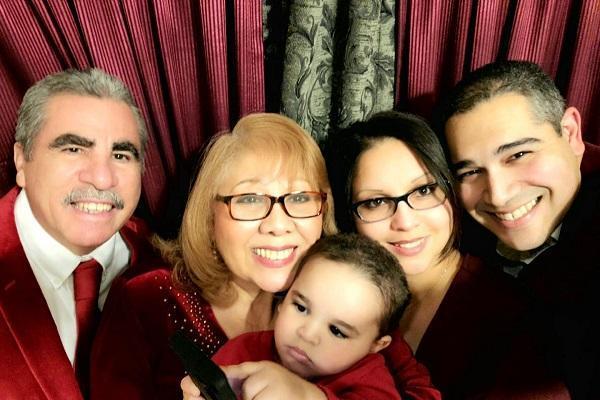
You can follow Daisy or leave her a message on her Campaign Page, on Facebook, and on her growing YouTube channel.
Written by Emily Progin
